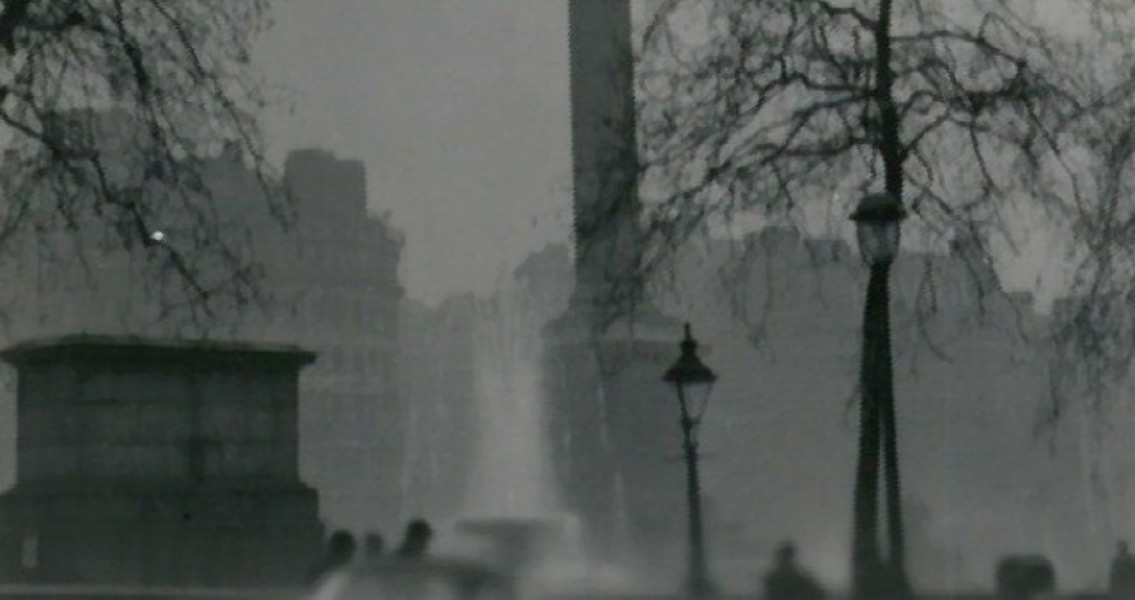<![CDATA[A deadly smog descended over London on 5th December 1952, which over the course of the next five days would be responsible for thousands of deaths. Initially, the fog that blanketed the city on the morning of 5th December seemed reasonably unexceptional. That evening however, the fog didn't dissipate as usual, and the following morning it became even thicker. Over the next three evenings the thickness of the fog continued to increase, causing disruption, chaos, and ultimately a shocking loss of life across the city. The scale of the tragedy is difficult to measure, but upper estimates state that the smog was eventually responsible for the deaths of some 12,000 people. Now remembered with a variety of different names - the Great Smog of 1952 or the Big Smoke, the sheer devastation of the deadly fog was not immediately apparent. After the smog dissipated on 9th December 1952, authorities determined that over 4,000 more people than usual had died for that time of year. Over the coming weeks, it is believed that another 8,000 people died as a result of complications associated with the fog. Most of the casualties were either the elderly or people who had existing respiratory problems. The Great Smog came about due to a combination of the extreme amounts of pollution London produced and a set of specific meteorological conditions. Similar to the deadly smog which struck Donora, Pennsylvania in 1948, an anticyclone over London was pushing cool air down to the ground in a phenomena known as inversion. The main effect was that smoke, gases and other pollutants released into the sky couldn't escape higher into the atmosphere, and instead remained at a low altitude. This was a time when factories were still allowed close to the residential areas of major cities, and there was no regulation of air pollution. In addition, the winter of 1952 was proving to be a cold one, with the people of London burning more coal fires than usual in an attempt to keep warm. When the fog started to form on the morning of the 5th, a result of minimal winds and moisture in the air, a toxic mix of sulphur dioxide, soot and smoke was trapped over the city. For five days the smog reduced visibility in the city drastically. In some areas, the situation became so bad that one could not see further than a foot. Public transport was brought to a halt, while sports events and concerts were cancelled around London. The shocking scale of the tragedy contributed significantly to a reform in environmental legislation, as the dangers of industrialisation and burning fossil fuels were brought into shocking clarity. The Clean Air Acts of 1956 and 1968 banned black smoke emissions, and declared that residents and factories in urban areas must convert to smokeless fuels. The legislation was slow to come into effect, with another smokey fog over London taking 750 lives in 1962, but has proven successful in averting anymore disasters of the scale of 1952.]]>
Lethal Smog Kills Thousands of Londoners
